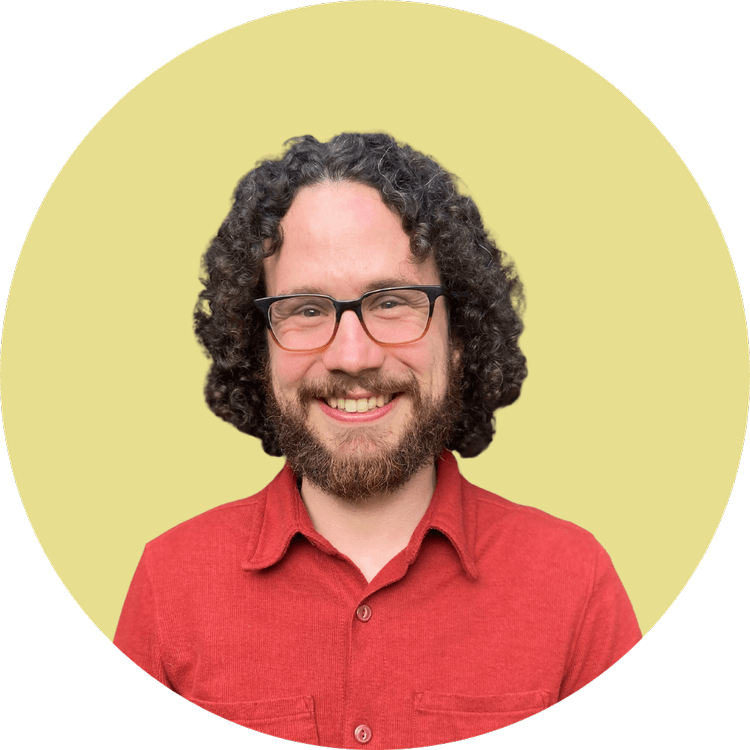Psychodynamic Therapy | Sacramento
Have you ever wondered how much of your past influences who you are today?
Maybe there are parts of your past that you have a hard time looking back on.
Maybe you feel out of touch with yourself, unfulfilled by the relationships you’re in, or you notice yourself making choices that don’t align with who you want to be.
Perhaps there are times you feel so detached from yourself that it’s almost like someone else is in control of your life.
Time and time again, you might try and change the way you do things, but something is stopping you from getting where you want to be in life.
Psychoanalytic Therapists in Sacramento
Maybe the only person in your way is a shadow.
Psychodynamic therapy helps you uncover hidden patterns.
As we grow up, we absorb the world around us. We form a worldview that influences how we think about ourselves, how we think about others, and how we think about our relationships. These thoughts begin to subconsciously direct our emotions, reactions, and behaviors.
So often, the world-views we form earlier in life stick with us throughout our entire lives. For example, if someone cheats on you in an earlier relationship, you might begin to believe that “people are untrustworthy.” Soon enough, you might notice yourself constantly questioning your partner in your next relationship, feeling anxious as if they are deceiving you anytime they go out without you, or maybe even invading their privacy in ways you never thought you would.
Of course, this is just one example, but all of us have unconscious pieces of our past that influence who we are and how we act today.

How can psychodynamic therapy help?
Psychoanalysis was formed out of the idea that our unconscious needs are at the root of our psychological issues and that when we can bring these unconscious needs to awareness, we can find healing and wholeness.
Psychoanalytic therapists can help us revisit the pieces of our past in a safe place, offer us different perspectives, and help us put the pieces together in a way that makes sense of our current circumstances.
The history behind this theory:
Sigmund Freud, also known as the “father” of modern-day psychology, originally developed this idea when he was experimenting with hypnosis, and kept encountering several roadblocks. Eventually, he abandoned hypnosis for a modality of his own that he termed “free association,” which invited individuals to speak freely about whatever thoughts or feelings came up in session. Freud analyzed what the clients would speak about, and realized themes emerging tied to their memories and unconscious drives.
Freud often used the analogy of an iceberg to describe our minds.
He distinguished the mind as three different levels of consciousness- the conscious mind (the top of the iceberg), the preconscious level ( the surface level of the iceberg), and the unconscious level (the base of the iceberg). He used this iceberg analogy to demonstrate that our conscious mind actually shows the smallest amount of the iceberg and a restricted awareness (thoughts and perceptions). Our preconscious mind is what separates the top of the iceberg from the bottom, and what holds the information that often keeps us from going deeper (memories and stored knowledge). Finally, our conscious mind, which is the part of the iceberg that has the most mass and depth to it, but cannot be seen above the surface, contains the most amount of information about our identity and the way we move through life (fears, traumatic experiences, shame, urges, etc.).
As this theory continued to develop, Freud introduced a more structural model that split these levels of the mind even further, and called them the “id,” “ego,” and “superego.” Freud defined the id to our pleasure center- the part of us that seeks attention, instant gratification, and self-fulfillment. He defined the ego as the rational part of ourselves that helps us develop our logic and personality. Freud defined our superego as the values, world-views, and morals that guide us towards decisions.
Although Freud had some taboo and over-sexualized methodologies originally, these ideas continued to develop and change over time to create a movement in psychology that began to assist individuals in deepening their understanding of themselves, their experiences, and the world around them.
How is psychoanalysis used today?
Overtime, many therapists have moved away from psychoanalysis as their main modality to treatment, but instead have encompassed these early ideas into their work. This idea of bringing the unconscious to consciousness is still widely used across several therapeutic approaches.
For individuals who have complex trauma, troubling dreams, identity issues, impulsive behaviors, or things of their past that have continued to influence their day to day lives, psychoanalytic therapy can be extremely helpful in exploring what is driving these issues.
What is unique about psychodynamic therapy?
Psychoanalysis is at the root of psychology as we know it. Psychoanalysis has become more than just a therapy modality, but a way of understanding humanity- our fears, desires, conflicts, defenses, and identities. Psychoanalysis is focused on relieving symptoms, receiving specialized treatment for specific disorders, and building a strong therapeutic relationship that allows a more natural flow to therapy.
Psychoanalytic therapy isn’t for everyone.
Individuals whose symptoms are so debilitating that they are unable to visit those deeper parts of themselves may not benefit as much from this modality as others.
People who are experiencing psychosis, active addiction, have borderline personality disorder or antisocial traits often do not benefit from Freudian-style psychoanalysis.
However, with the advancements in psychoanalysis, there are often pieces of this modality that can be used alongside other treatment methods to assist clients in healing from any of the above experiences.
Another factor to weigh in is the willingness of the client to become comfortable enough with the therapist to allow themselves to “regress” into a vulnerable enough state to feel the intense emotions that allow them to explore outside of their conscious awareness.
Therapy that works for your life and schedule.
We offer both in-person and online sessions for couples anywhere in California.
Our care specialist will match you with the right therapist, making your transition into a new therapy relationship feel safe and easy.
In-Person Therapy: Fair Oaks, Midtown Sacramento, San Diego
Online Therapy: Secure, confidential, and just as connected

















